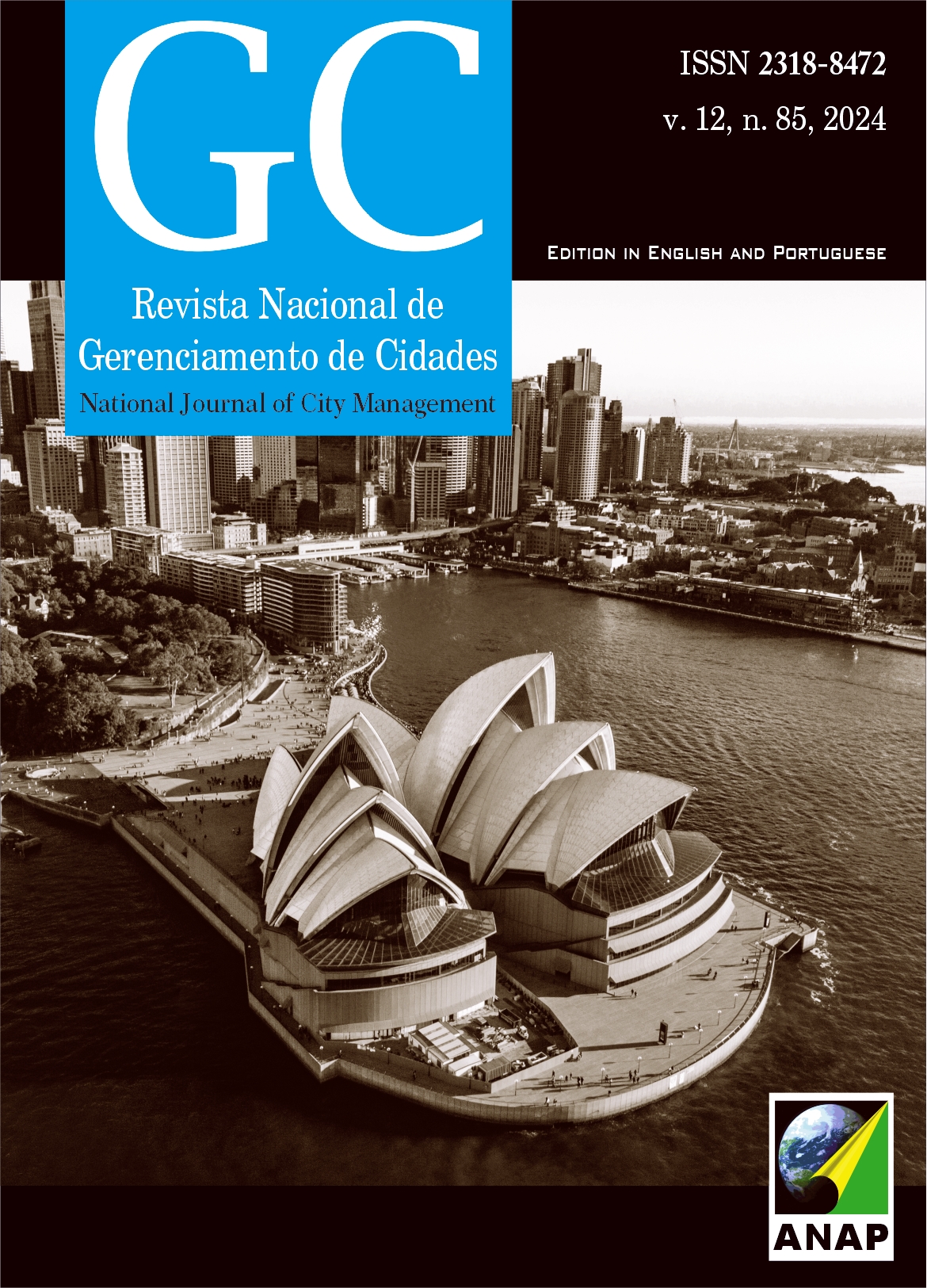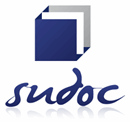The multidimensional nature of the Environmental Contribution for environmental qualification in São Paulo
DOI:
https://doi.org/10.17271/23188472128520245028Palavras-chave:
Environmental Contribution, Zoning, São PauloResumo
This paper describes the conception of the Environmental Contribution instrument in the municipality of São Paulo, with the aim of exploring the multidimensional nature of this instrument, namely: its potential to promote improvements in the city's drainage system, microclimate conditions and biodiversity, as well as encouraging the development of sustainable buildings through certification and promoting environmental quality in the densification process. It also takes stock of the implementation of the instrument in the city of São Paulo between 2016 and 2023, through the project approval reports from the Municipal Urban Planning and Licensing Department (UPLD). In this context, the multidimensional nature of the instrument and its high potential to promote improvements in the city's environmental quality and to contribute to São Paulo's adaptation to the impact of climate change are proven. At the same time, the instrument's scope is limited, and it urgently needs to be improved so that the Environmental Contribution has a wider reach in the territory and is consequently more effective in improving the city's environmental quality.
Downloads
Publicado
Edição
Seção
Licença

Este trabalho está licenciado sob uma licença Creative Commons Attribution-NonCommercial-ShareAlike 4.0 International License.















